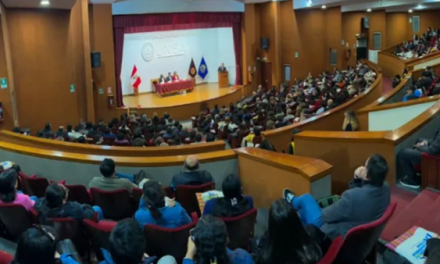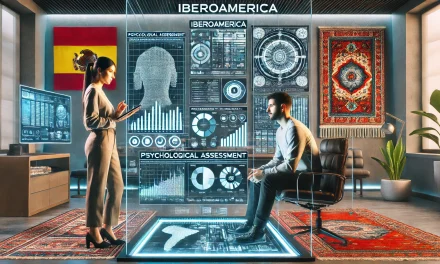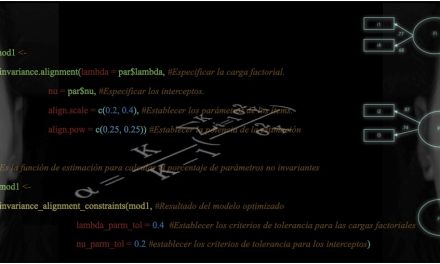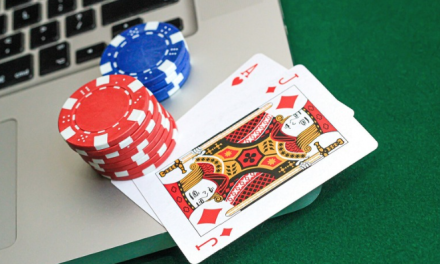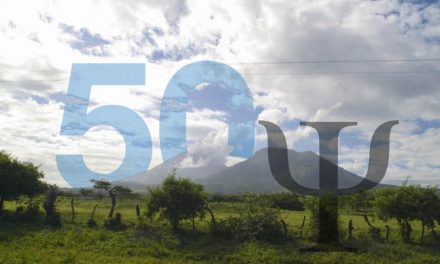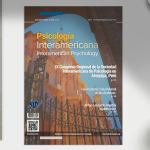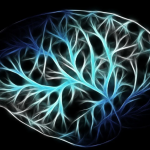
Facing the pandemic: A reflection of the human attitude to the vulnerability of life

Autora: Olimpia Petzold Rodriguez* | Psychology, Lone Star College, TX, USA
One of the positive effects that the pandemic brought was that it invited us to look within ourselves, observe our vulnerability and recognize that many of the things in our lives are beyond our control.
The pandemic changed our lives. It changed the way we perceive the world and how we relate to others and ourselves. Facing such an unexpected, abrupt, and global situation, such as the pandemic, we are confronted with how fragile an individual’s sense of control can be.
By facing this reality, psychologically, we have learned, discovered, or reinforced the ways of encounter the vicissitudes in our lives. One of the strategies, which is particularly useful, especially in situations beyond our control, is to recognize and apply what we call “the circles of control and influence.”
This strategy is based on a model proposed by Steve Covey in his book “The 7 Habits of Highly Effective People” (1989). Using this strategy helps us focus on the aspects that are within our control and helps us stop worrying about things beyond our control.
It consists of 3 circles (see Fig.1) related to the impact of our decisions and actions. The first and most external circle represents all the things that we have NO margin of influence or control over. It covers what is outside of our management capacity. It is everything that we can constantly think about but will not change—for example, the pandemic, the world economy, the weather, etc. The second and middle circle symbolizes those relationships, situations, or people we can influence but not control. For example, we could talk with our couple, child, or friend and offer our point of view regarding a situation that is concerning them, but in the end, the decision is ultimately theirs. Lastly, the third and smallest circle represents what we CAN influence and control, a place where we have a margin of action. This implicates the use of our thoughts, emotions, and behaviors.
One of the positive lessons regarding the pandemic has to do with focusing on the positive aspects that the present offers us, enjoying those aspects, and having an attitude that allows us to learn, even in the most challenging situations. The pandemic has taught us that we cannot “control” it, as well as many things in life, but what we can do is decide what attitude we choose to have while standing in the face of challenging situations. We can either become overwhelmed with negative thoughts and sink into anger, frustration, anxiety, or sadness over something that we cannot control (circle 1), or we can see the situation as a possibility to grow, connecting us with positive emotions, calmness, optimism, and confidence (circle 3). It is all in our hands to make the decision regarding which path you would like to take.

Reference
Covey, Stephen (1989). The 7 Habits of Highly Effective People. New York: Simon & Shuster.
* Adjunct Professor, Psychology, Lone Star College, TX, USA | Leader of the Healing Art Program and the Spanish Wellbeing Group at Canopy, Cancer Survivorship Center, The Woodlands, TX, USA.

